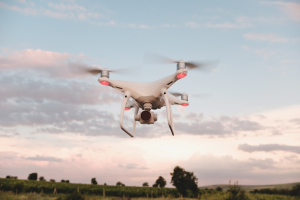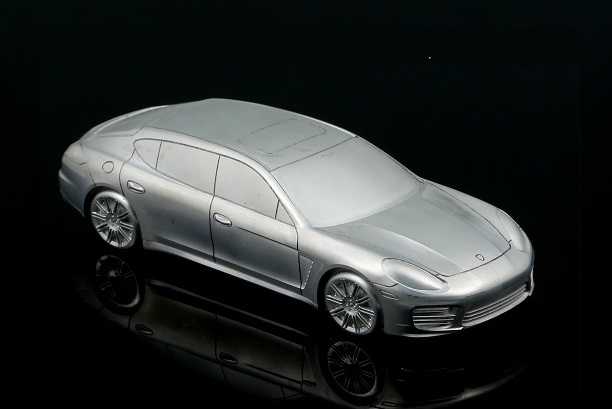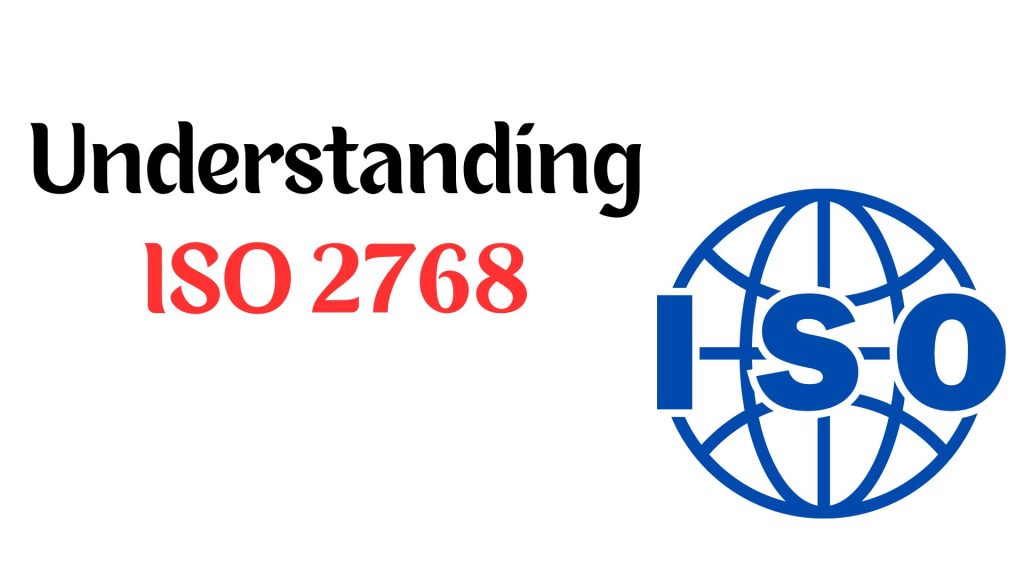Are high production costs and slow timelines keeping your drone business stuck on the ground? If so, Rapid Injection Molding could be the solution you need. By designing well-functioning aluminum and steel molds with a more efficient process, rapid injection mold simplifies and reduces the cost of producing high-quality, sturdy plastic components.
It’s a perfect bridge between prototypes and full-scale production, which allows you to deliver anywhere from a few units to thousands of parts in just a few weeks. With rapid injection mold decreasing time-to-market by up to 50%, you can remain adaptable, meet customer requirements, and achieve a competitive edge in this swiftly changing industry. This article will explore how rapid injection mold can simplify production, reduce costs, and help your drone business grow faster!

Applications of Rapid Injection Molding in Producing Drones
Rapid injection molding is an easy and straightforward method to produce numerous durable, precise plastic components for drones. The procedure contains several steps: forcing liquefied plastic into molds, where it cools and solidifies into the specific form you require. This production method is ideal for manufacturing typical drone components like propeller blades, enclosures, and other components. Key applications include:
Drone Blades or Propellers
Propellers, or drone blades, are key factors to affect a drone’s flight. There are three common materials for drone blades: plastic, thermoset plastic reinforced with carbon fiber, and thermoplastic reinforced with carbon fiber.
Among the three materials, thermoplastic is the most cost-effective solution, for it combines the best attributes of plastic and carbon fiber. The ratio of plastic to carbon fiber can be precisely adjusted to control mechanical strength. These propellers are easier to achieve dynamic balance compared to those made solely of carbon fiber, and they significantly reduce noise and vibration. Manufactured through rapid injection molding, they are easy to process with low production costs.
Drone Upper Cover
The top cover of a drone works like a protective case and keeps the internal parts safe from dust, debris, and minor bumps. Manufacturers are using rapid injection molding for making these drone covers, due to its assistance in the mass production of products with complicated shapes, and takes a large part in the area of drone plastic processing.
Drone Main Body Components and Major Parts
In line with the trend towards lightweight drones, engineering plastics, as high-performance polymer materials, have been increasingly replacing traditional metals in recent years in the construction of drones. It is usually composed of carbon fiber, ABS+PC, and EPP. This composite material has good fluidity, so it can be manufactured by rapid injection molding.
The use of engineering plastics in drone airframes not only reduces costs but also offers several advantages that metals do not possess. These include reducing the weight of the drone to enhance flight endurance, improving vibration damping and noise reduction to boost the overall impact resistance of the drone, minimizing signal interference from metallic materials over long distances, and simplifying the molding process to increase flexibility in product structural design.
Other drone parts, like the landing gear and tripod head, are made from modified plastic using rapid injection molding. This means hot plastic is injected into a mold and then cools down to hold its shape. The method is crucial for creating lightweight yet durable components essential for drone performance.
Gasket
The gasket on a drone is crucial for securely holding viewing ports and sensors in place. This tight fit is essential to prevent leaks and maintain the drone’s functionality.
RIM allows for the precise creation of gaskets, ensuring there are no gaps. Interestingly, some types of drone manufacturing processes involve molding a flexible lip seal made from elastomeric material directly onto a rigid thermoplastic frame. This method simplifies production and improves the efficiency of the gasket.
Interior Sealing Components
The interior seals in drones include propeller shaft seals, battery compartment seals, sensor seals, control box seals, and fuselage seals. These seals are typically made of TPE (Thermoplastic Elastomer) material, which has a low compression set ratio and can bond with various plastics, ensuring the protection of the drone in harsh environments.

How Rapid Injection Mold Lowers Production Costs
Rapid injection mold significantly reduces production costs in drone manufacturing. Although the initial setup can be pricey, the ongoing costs remain low due to the use of affordable thermoplastic materials and fast cycle times.
Reduced Tooling Costs for Drone Parts
Rapid injection mold is an extremely cost-effective procedure due to its low tooling costs. If we compare it with traditional injection molding, which often requires expensive steel molds, RIM typically employs aluminum molds, which, according to Moldmarking Technology, are 50% less costly.
This cost efficiency allows drone manufacturers to affordably produce essential parts like casings, housings, and frames.
Reduced Labor Cost
In drone manufacturing, automation in the rapid injection mold process means they need fewer workers, which helps save money.
For example, companies like American Robotics are even deploying fully autonomous drone systems that do not require on-site operators. And this not only reduces the labor costs but also makes things run smoother and more efficient.
Faster Production
Rapid injection molding reduces lead times with its enhanced scalability, which. Time is money for manufacturers; earlier-launched product means a higher potential to grab more market share.
Comparing rapid injection molding with other traditional molding methods, it is much more cost-friendly and speeds up the whole process. That hits the point; no need for further words.
Reduced Material Waste
Accuracy and precision manufacturing is the key to less wasted material. During the injection, a well-designed injection mold, high-fluidity material, and seasoned operators translate to fewer errors or rework, further saving on the final expenses.
Why Choose MY-Prototyping’s Rapid Injection Molding Service?
When it comes to rapid injection molding services for drone components, MY-Prototyping offers simple and effective prototyping solutions that fit your needs. We offer custom options that ensure your project requirements are met perfectly. Plus, you can pick from over 16 different types of thermoplastic and thermoset materials to find the right one for your project.
MY-Prototyping is all about getting things done quickly. Our processes help make sure your projects are finished on time. We also provide helpful support, offering free consultations and 24/7 engineering assistance to guide you from the idea stage to production. And with our certified factories and strict quality checks, you can trust that you’ll receive high-quality molded parts every time.

Wrapping Up
Rapid injection molding doesn’t just save money; it helps drone makers quickly meet market needs and stay ahead. With the injection molding market expected to hit millions of US dollars by 2027, this process is becoming key for efficient drone production. By choosing rapid injection molding, companies can meet their market needs swiftly and affordably.
So, would you like to integrate rapid injection molding prototyping into your drone manufacturing operations? Partner with MY-Prototyping now! Visit our website now to begin!





